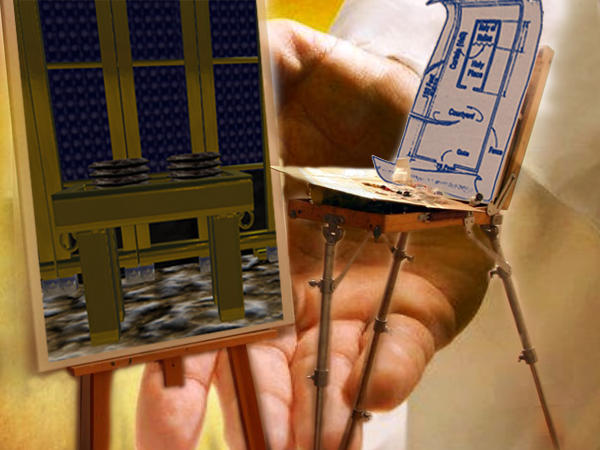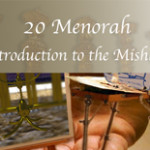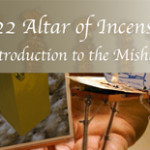Hebrew: לחם הפנים lechem haPānīm, literally: “Bread of the Presence”
Leviticus 24:5-9 tells us: “You shall take fine flour and bake twelve loaves from it; two tenths of an ephah shall be in each loaf. And you shall set them in two piles, six in a pile, on the table of pure gold before the Lord. And you shall put pure frankincense on each pile, that it may go with the bread as a memorial portion as a food offering to the Lord. Every Sabbath day Aaron shall arrange it before the LORD regularly; it is from the people of Israel as a covenant forever. And it shall be for Aaron and his sons, and they shall eat it in a holy place, since it is for him a most holy portion out of the LORD’s food offerings, a perpetual due.” The bread remained fresh for the duration of the week and it is definitely possible for stone oven bread to remain fresh for the period of a week, especially being in the proximity of the altar of incense, where fresh incense was burned continuously. The incense added a sweet fragrance to the bread but left a bitter after taste in the mouth. The bread was made without yeast, which also enables it to remain fresh for a longer period of time. The bread speaks of the Bread of Heaven, and that is Yeshua, and He is without yeast – without sin and corruption. “Yeshua declared, ‘I am the bread of life. Whoever comes to me will never go hungry’” (John 6:35). The two heaps of bread represent the double portion of manna that needed to be gathered in on a Friday before shabbat.
To view this video you need to sign up for a subscription and log in.



